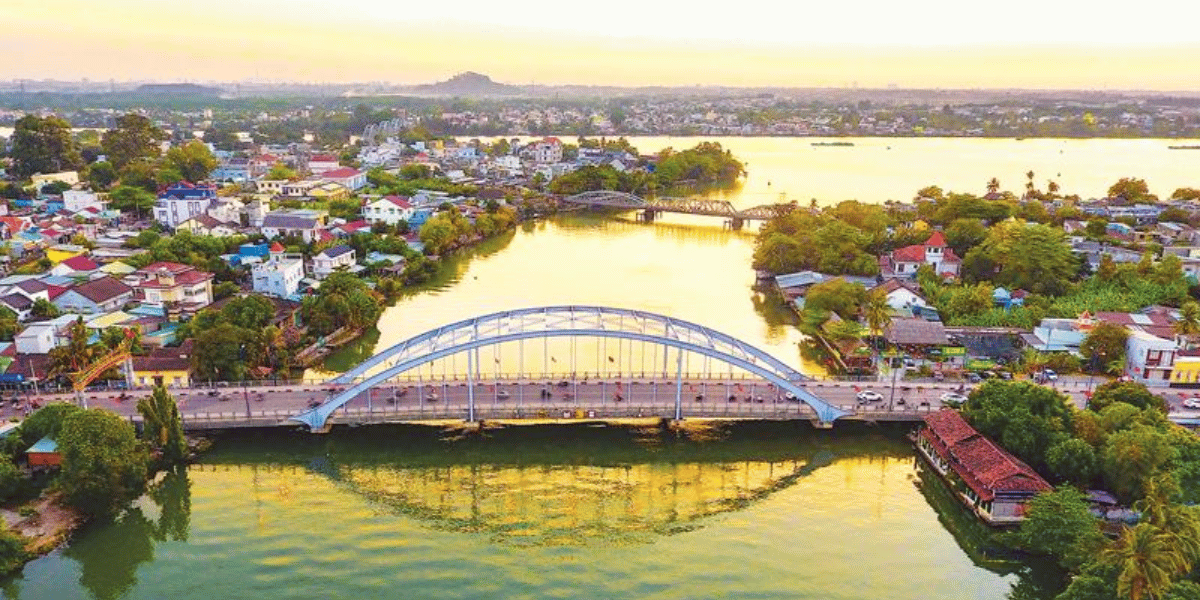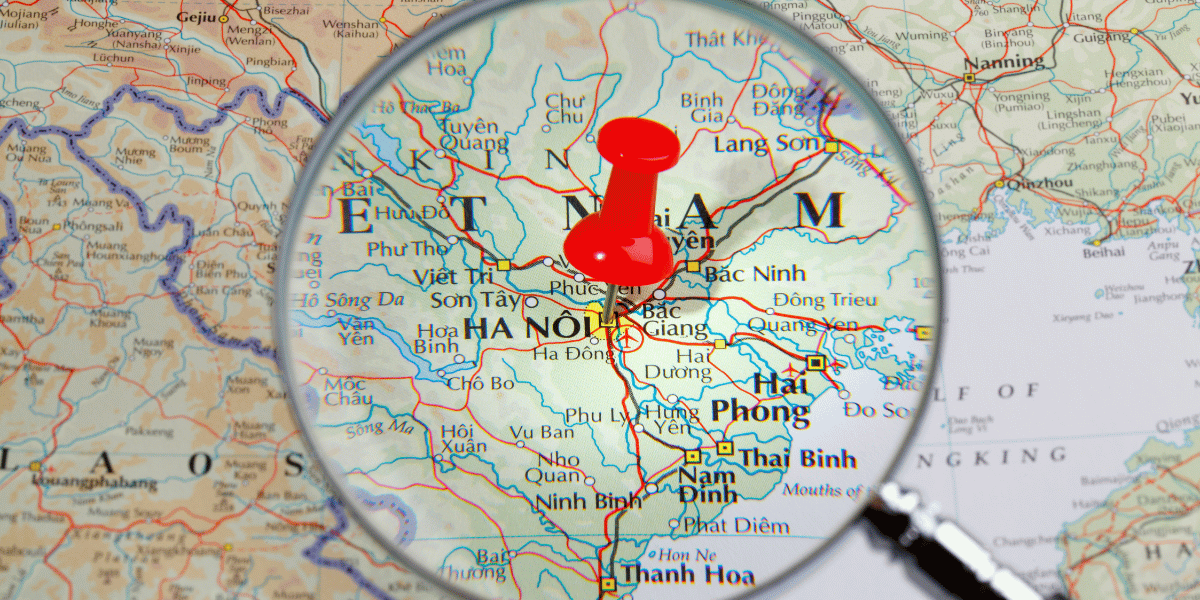Travel Tips – Laos Weather
Last Updated on 10 May, 2024 by admin
Laos, with its lush landscapes and rich history, offers an enchanting experience for every traveler. Situated in Southeast Asia, the country experiences a tropical climate that can significantly vary not only from season to season but also from region to region. Understanding these climatic nuances is crucial for planning a visit that aligns with your travel preferences and comfort. This article aims to provide detailed insights into Laos’ weather patterns, offering practical advice to help you decide the best time to visit and how to prepare for each season’s challenges.
Understanding Laos’ Climate Zones
Northern Laos
Northern Laos experiences a subtropical climate characterized by a cool dry season and a wet season. The mountainous terrain can lead to significant temperature variations, which can be surprisingly cool, especially from November to February. During this period, temperatures can drop to as low as 5°C (41°F) at night in higher altitudes like Phongsali and Luang Prabang. This region is also known for its beautiful morning mists and fog, which add a mystical quality to its landscapes.
Central Laos
The climate in Central Laos, including areas around Vientiane, the capital, is typically warmer than the north. This region experiences less fluctuation in temperature year-round, maintaining a more consistent tropical climate. Temperatures here range from about 15°C (59°F) during the cool season to 38°C (100°F) during the peak of the hot season. The heat can feel more intense due to the lower altitude and urban heat effects, especially in densely populated areas.
Southern Laos
Southern Laos, encompassing areas like Pakse and the Si Phan Don (Four Thousand Islands), is generally the warmest and driest part of the country. The region benefits from the Mekong River, which moderates the climate slightly but also contributes to high humidity levels, particularly during the rainy season. Temperatures are consistently high throughout the year, rarely dropping below 20°C (68°F) even at night.
Seasonal Weather Variations
Dry Season (November to February)
This season is often considered the best time to visit Laos due to its relatively cooler and drier weather. The absence of rain makes it ideal for exploring the outdoor attractions like the Plain of Jars in Xieng Khouang or cruising down the Mekong River. Days are sunny, with clear blue skies providing perfect conditions for photography enthusiasts and casual travelers alike.
Hot Season (March to May)
The temperatures soar during these months, making travel more challenging, especially in the lowland and central areas where the heat intensifies. Travelers should plan their activities in the early morning or late afternoon to avoid the midday sun. Staying hydrated and wearing sun protection is crucial, as the risk of heatstroke increases.
Rainy Season (June to October)
The monsoon season brings heavy rainfall, particularly in the afternoons or evenings, which can affect travel plans and accessibility, especially in rural areas. However, the landscape becomes lush and green, and the rivers swell, offering a different kind of beauty that can be very appealing. Activities like visiting waterfalls, such as those in Luang Prabang, are particularly rewarding as they are at their most powerful.
Best Times to Visit Based on Weather
When planning a visit to Laos, timing is crucial to maximize the experience. Here are some considerations for choosing the best times to travel based on regional weather patterns:
Optimal Travel Months
- November to February: This period is widely regarded as the ideal time to visit Laos due to the cooler and drier weather. The pleasant climate makes it suitable for exploring both the cultural landmarks and natural scenery.
- March and April: Although these months mark the beginning of the hot season, they are also a vibrant time culturally, with several local festivals, including the Lao New Year (Pi Mai Lao), which usually occurs in April. Visitors can enjoy the festive atmosphere and unique cultural experiences despite the heat.
Regional Considerations
- Northern Laos: Best visited from November to February when the weather is cooler and more comfortable for trekking and outdoor activities.
- Southern Laos: If you prefer warmth and want to explore the Mekong floodplains or the Four Thousand Islands, visiting between November and January can be delightful as the weather is milder and the water levels are still high enough for boat trips.
Preparing for Laos’ Weather
To ensure a comfortable and safe trip, being well-prepared for Laos’ tropical climate is essential. Here are key considerations:
What to Pack
- Dry Season: Bring light clothing but also a jacket or sweater for cooler evenings, especially in the north. Sunscreen and sunglasses are must-haves.
- Hot Season: Pack light, breathable clothing, a wide-brimmed hat, and plenty of sunscreens. Include a reusable water bottle to stay hydrated.
- Rainy Season: Waterproof jackets, umbrellas, and quick-dry clothing are essential. Waterproof bags can protect electronics and important documents from rain.
Health and Safety Tips
- Hydration: Always carry water with you, especially during the hot season.
- Sun Protection: Use sunscreen liberally and frequently, and try to stay in the shade during the midday sun.
- Mosquito Protection: In all seasons, particularly during and right after the rainy season, use insect repellent and consider sleeping under mosquito nets if staying in rural areas.
Weather Challenges and How to Overcome Them
Traveling in Laos can come with its set of challenges due to the weather. Here’s how to manage these effectively:
Navigating the Rainy Season
- Transportation: Opt for 4WD vehicles when traveling to remote areas as roads can become muddy and less navigable.
- Sightseeing: Plan indoor activities such as visiting museums or temples during heavy rain spells. Always check the weather forecast and be flexible with your itinerary.
Dealing with Extreme Heat
- Schedule: Plan heavy sightseeing for early morning or late afternoon to avoid the heat of midday. Take frequent breaks in shaded or air-conditioned places.
- Acclimatization: Allow your body to adjust to the heat gradually. Avoid strenuous activities for the first few days if coming from a cooler climate.
Conclusion
Summary of Key Points This guide has explored the diverse and dynamic weather patterns of Laos, offering a deep dive into the seasonal variations that characterize different regions of the country. We’ve covered:
- The cooler, dry season from November to February, ideal for outdoor activities and exploring the cultural and natural attractions of Laos.
- The hot season from March to May, where temperatures soar but also bring vibrant local festivals like Pi Mai Lao (Lao New Year) to life.
- The rainy season from June to October, which, despite its challenges, transforms the landscape into a lush, verdant paradise and is perfect for experiencing the powerful beauty of Laos’ waterfalls and rivers.
Travel Preparedness We’ve also discussed essential tips for preparing for each season, from what to pack—such as light, breathable clothing for the hot months and waterproof gear for the rainy season—to health and safety advice like staying hydrated and protecting against the sun and mosquitoes. These tips are designed to help travelers navigate the climatic conditions of Laos comfortably and safely.
Weather Challenges and Solutions Understanding how to adapt plans according to weather conditions is crucial for any traveler. Whether it’s adjusting travel schedules to avoid the midday heat or choosing the right kind of transportation for rural adventures during the monsoon, being prepared allows for a more enjoyable and uninterrupted travel experience.
Final Thoughts The weather in Laos, with all its intricacies, should not be seen merely as a potential challenge but as an enriching element of your travel experience. Each season brings its unique flavor and opportunities, making Laos a year-round destination. By embracing the local climate, travelers can fully immerse themselves in the rhythm of Laotian life and gain a deeper appreciation for the natural and cultural landscapes that make Laos so compelling.
Encouragement to Visit We encourage you to consider the weather not just as a backdrop but as a central component of your Laos adventure. With the right preparation and mindset, each visit can be tailored to offer its unique delights and memories. Laos awaits with open arms and a myriad of experiences, each tailored to different times of the year. Whether you’re navigating the lush greenery post-monsoon or celebrating local festivals under the hot summer sun, your journey will undoubtedly be as rewarding as it is enlightening.



